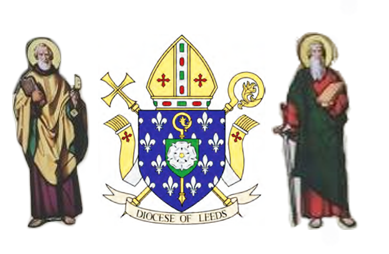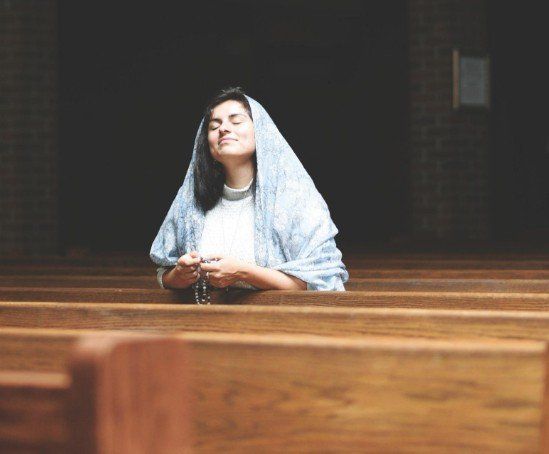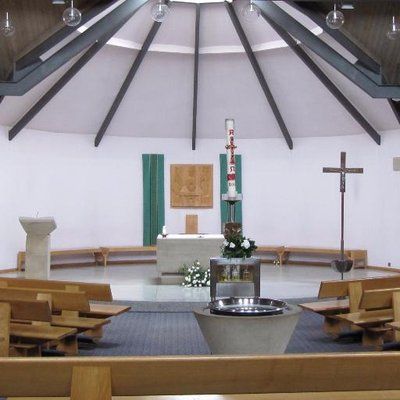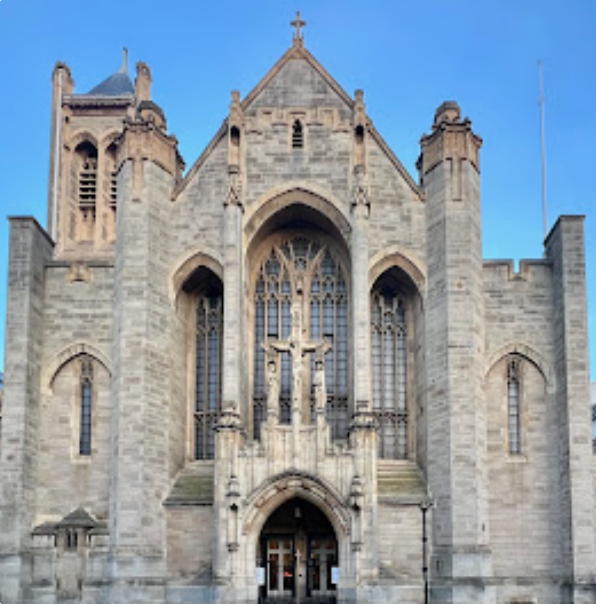Reflection: Christ Has No Body Now But Yours
After a tidal wave in India thousands of starfish were washed ashore and were dying on the sandy beach in the hot sun. People walking on the beach crushed the fish under their feet. An Indian boy walked with more care, once in a while stooping down, picking up a starfish and throwing it back into the sea. One man who saw what he was doing challenged him, “what do you think you are doing. With the thousands of starfish on the shore, what difference does it make throwing one or two back into the sea?” The boy slowly bent down, picked one more starfish and threw it back into the sea. “For that one,” he replied, “it makes a lot of difference.”
As individuals, as communities and as a world, we suffer all kinds of hunger – for food, for love, for peace, for recognition. God is able and willing to satisfy all our hungers. But God is waiting for you men and women, for you and me to believe enough to give up their lunch pack, their “five loaves and two fish,” which God needs to make the miracle possible.
The next time you are tempted to feel the task too much, the problem too great, the suffering too much, think of today’s gospel and the surprise of the apostles each left with a basket full of food and offer the little you think you have and be prepared to be surprised by what God can do with it. The next time you are tempted to ask what can I one person do ask rather what can I do and do it. Like the litlle boy, like the apostles God will surprise you.
Bread that is taken,
blessed,
broken,
and shared
is bread that is distributed
in the midst of all human limitations
and made to become God’s saving work.
GOD COUNTS ON US
Only God creates – but we are called to enhance that creation
Only God gives life – but we are called to cherish life
Only God makes to grow – but we are called to nourish that growth
Only God gives faith – but we are called to be signs of God for each other
Only God gives love – but we are called to care for each other
Only God gives hope – but we are called to give each other reason to hope
Only God gives power – but we are called to get things going
Only God can bring peace – but we are called to build bridges
Only God brings happiness – but we are invited to be joyful
Only God is the way – but we are called to show the way to others
Only God is light – but we are called to make that light shine in the world
Only God makes miracles happen – but we must offer our loaves and fishes
Only God can do the impossible – but it is up to us to do what is possible.









